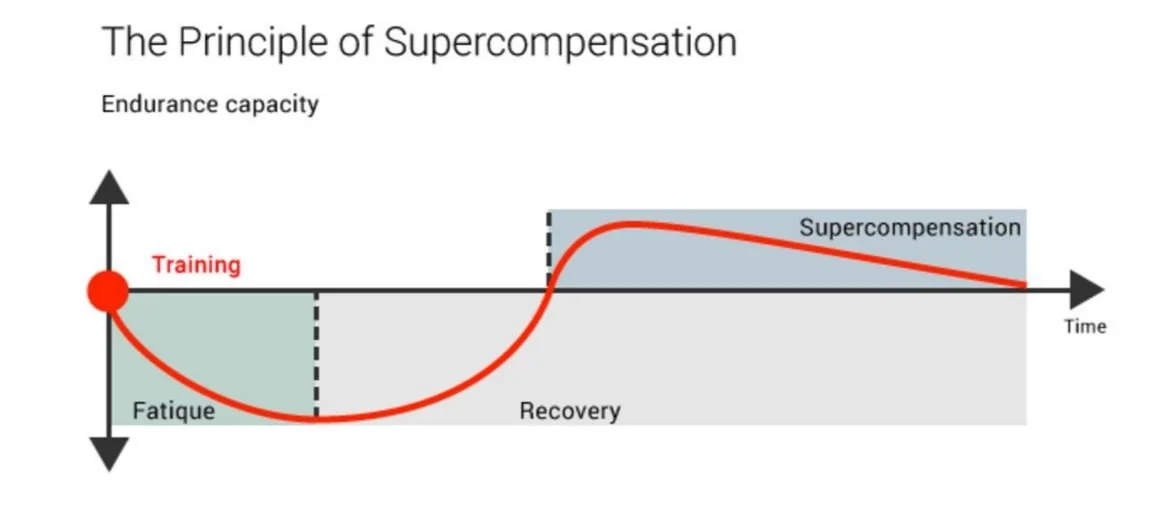The Importance of Deloading: Why You Need Structured Breaks in Training Volume
In the world of health and wellness, we often hear about pushing boundaries, exceeding limits, and constantly striving for peak performance. While these aspirations are admirable, it's crucial to recognize that our bodies aren't designed to operate at maximum capacity all the time. Just as a car needs regular maintenance to function optimally, our bodies require periods of reduced training volume, or "deload weeks," to recover, adapt, and ultimately become stronger.
The Myth of Perpetual Peak Performance
The human body is a remarkable machine, capable of incredible feats of strength and endurance. However, it's not invincible. When we engage in intense training, we create microscopic tears in our muscle fibers. This process, known as the training stimulus, triggers a cascade of physiological responses that lead to muscle growth and adaptation.
However, if we continuously push ourselves without adequate rest, we never allow our bodies to complete the recovery and adaptation process. This can lead to a state of chronic fatigue, decreased performance, and an increased risk of injury. The concept of supercompensation illustrates this phenomenon
As the chart demonstrates, after a training session, our performance temporarily decreases due to fatigue. During the recovery period, our bodies repair the damaged tissues and adapt to the training stimulus, leading to a temporary increase in performance above baseline levels (supercompensation). However, if we don't allow for sufficient recovery, we never reach this supercompensation phase, and our performance stagnates or even declines.
Progressive Overload: The Key to Sustainable Progress
Progressive overload is a fundamental principle in strength training, involving gradually increasing the demands placed on the body over time. This can be achieved by increasing the weight lifted, the number of repetitions or sets performed, or decreasing rest periods between sets.
However, progressive overload is only effective when coupled with adequate recovery. Imagine trying to inflate a balloon beyond its capacity – it will eventually burst. Similarly, if we continuously increase training volume without allowing for recovery, we risk overtraining and injury. Deloading provides a strategic break from intense training, allowing our bodies to catch up and adapt to the accumulated stress.
Deloading: Active Recovery, Not Complete Inactivity
Deloading doesn't mean spending a week on the couch doing nothing. It's about strategically reducing training volume and intensity to promote recovery while maintaining an active lifestyle. Here are some ways to incorporate deloading into your routine:
Reduce training frequency: Instead of training five days a week, reduce it to three or four.
Decrease training intensity: Opt for lighter weights, bodyweight exercises, or focus on technique and form.
Shorten workout duration: Maintain the same exercises but reduce the number of sets or repetitions.
Engage in active recovery: Incorporate activities like yoga, swimming, or light cardio to promote blood flow and recovery.
Prioritize sleep and nutrition: Ensure you're getting enough sleep and consuming a balanced diet to support recovery.
By incorporating deload weeks into your training program, you'll not only reduce the risk of injury and overtraining but also optimize your body's ability to adapt and grow stronger. Remember, true strength lies not in constantly pushing your limits but in recognizing when your body needs a break. Embrace the power of deloading, and unlock your full potential for health and wellness.

